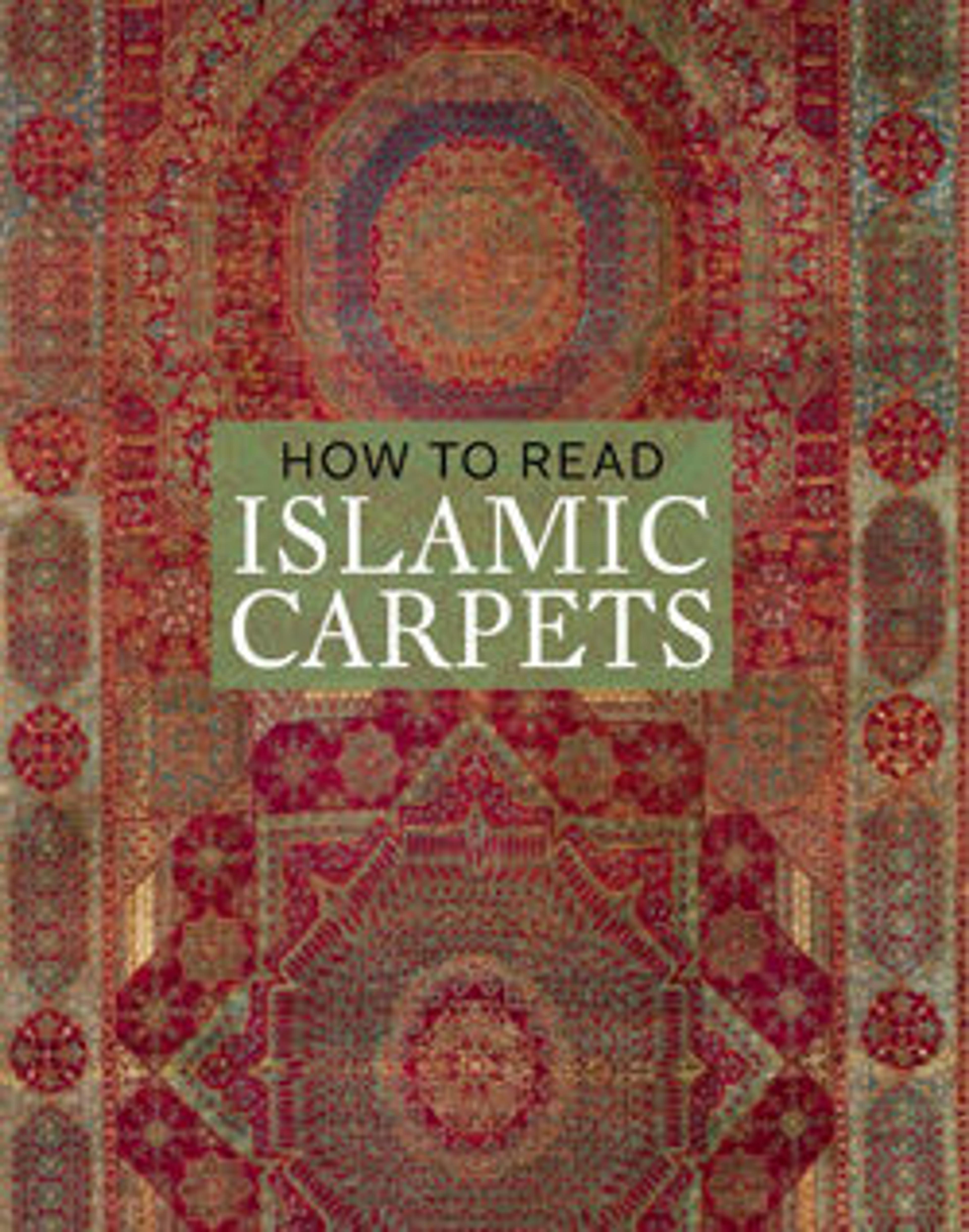Ushak Medallion Carpet on White Ground
Medallion Ushak carpets usually have a red or blue field decorated with a floral trellis or leaf tendrils, central medallions, and a border containing palmettes on a floral and leaf scroll, and pseudo-kufic characters. In this example (partially restored), a typical white-ground field pattern is combined with the Medallion Ushak to form a new category of Ottoman carpets. Its triple spots-and-wavy double stripe pattern, called çintamani, appears frequently in Ottoman art from the sixteenth century on tiles, paintings, book bindings, and particularly on textiles and garments. Unlike other white-ground categories, this field pattern never appears in European paintings of the sixteenth and seventeenth centuries.
Artwork Details
- Title: Ushak Medallion Carpet on White Ground
- Date: first half 17th century
- Geography: Attributed to Turkey
- Medium: Wool (warp, weft and pile); symmetrically knotted pile
- Dimensions: Rug: L. 306 in. (777.2 cm)
W. 153 1/4 in. (389.3 cm)
Tube: L. 179 in. (454.7 cm)
Diam. 11 in. (27.9 cm) - Classification: Textiles-Rugs
- Credit Line: Gift of Caroline and Joseph S. Gruss, 1984
- Object Number: 1984.69
- Curatorial Department: Islamic Art
More Artwork
Research Resources
The Met provides unparalleled resources for research and welcomes an international community of students and scholars. The Met's Open Access API is where creators and researchers can connect to the The Met collection. Open Access data and public domain images are available for unrestricted commercial and noncommercial use without permission or fee.
To request images under copyright and other restrictions, please use this Image Request form.
Feedback
We continue to research and examine historical and cultural context for objects in The Met collection. If you have comments or questions about this object record, please contact us using the form below. The Museum looks forward to receiving your comments.
